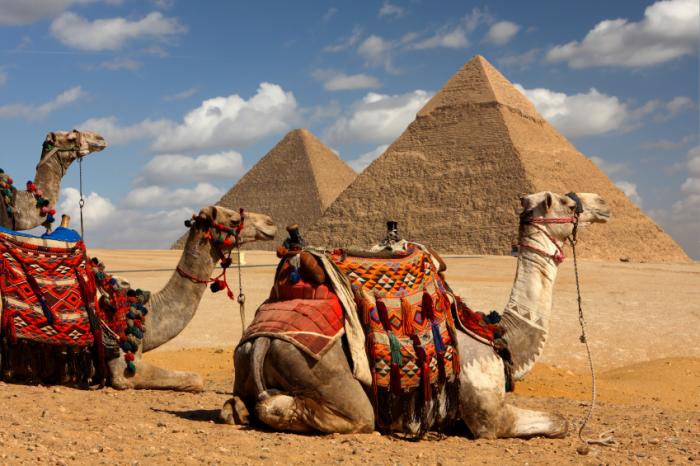Stamp: Postman with Dromedary (Camelus dromedarius) (Sudan 1922)
Postman with Dromedary (Camelus dromedarius) (Sudan 1922)
01 January (Sudan ) within release Camel Post goes into circulation Stamp Postman with Dromedary (Camelus dromedarius) face value 10 Sudanese millim
| Stamp Postman with Dromedary (Camelus dromedarius) in catalogues | |
|---|---|
| Michel: | Mi:SD 34 |
| Stamp Number: | Sn:SD 34 |
| Yvert et Tellier: | Yt:SD 34 |
Stamp is vertical format.
Also in the issue Camel Post:
- Stamp - Postman with Dromedary (Camelus dromedarius) face value 10;
- Stamp - Postman with Dromedary (Camelus dromedarius) face value 3;
- Stamp - Postman with Dromedary (Camelus dromedarius) face value 2;
- Stamp - Postman with Dromedary (Camelus dromedarius) face value 5;
- Stamp - Postman with Dromedary (Camelus dromedarius) face value 5;
- Stamp - Postman with Dromedary (Camelus dromedarius) face value 10;
|
Data entry completed
83%
|
|
|---|---|
| Stamp Postman with Dromedary (Camelus dromedarius) in digits | |
| Country: | Sudan |
| Date: | 1922-01-01 |
| Size: | 19 x 23 |
| Perforation: | comb 14 |
| Format: | Stamp |
| Face Value: | 10 Sudanese millim |
Stamp Postman with Dromedary (Camelus dromedarius) it reflects the thematic directions:
The mail or post is a system for physically transporting documents and other small packages; or, the postcards, letters, and parcels themselves. A postal service can be private or public, though many governments place restrictions on private systems. Since the mid-19th century national postal systems have generally been established as government monopolies with a fee on the article prepaid. Proof of payment is often in the form of adhesive postage stamps, but postage meters are also used for bulk mailing. Modern private postal systems are typically distinguished from national postal agencies by the names "courier" or "delivery service". Postal authorities often have functions other than transporting letters. In some countries, a postal, telegraph and telephone (PTT) service oversees the postal system, in addition to telephone and telegraph systems. Some countries' postal systems allow for savings accounts and handle applications for passports.
A camel (from Latin: camelus and Greek: κάμηλος (kamēlos) from Ancient Semitic: gāmāl) is an even-toed ungulate in the genus Camelus that bears distinctive fatty deposits known as "humps" on its back. Camels have long been domesticated and, as livestock, they provide food (camel milk and meat) and textiles (fiber and felt from camel hair). Camels are working animals especially suited to their desert habitat and are a vital means of transport for passengers and cargo. There are three surviving species of camel. The one-humped dromedary makes up 94% of the world's camel population, and the two-humped Bactrian camel makes up 6%. The wild Bactrian camel is a separate species and is now critically endangered.
Animals are multicellular, eukaryotic organisms of the kingdom Animalia (also called Metazoa). All animals are motile, meaning they can move spontaneously and independently, at some point in their lives. Their body plan eventually becomes fixed as they develop, although some undergo a process of metamorphosis later on in their lives. All animals are heterotrophs: they must ingest other organisms or their products for sustenance.



